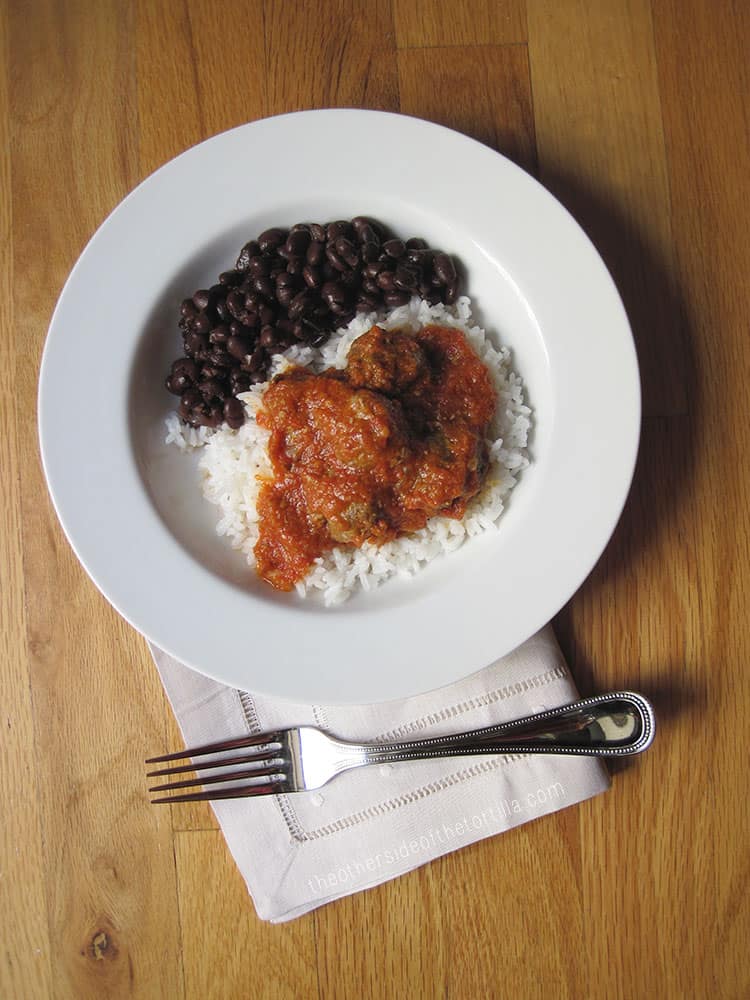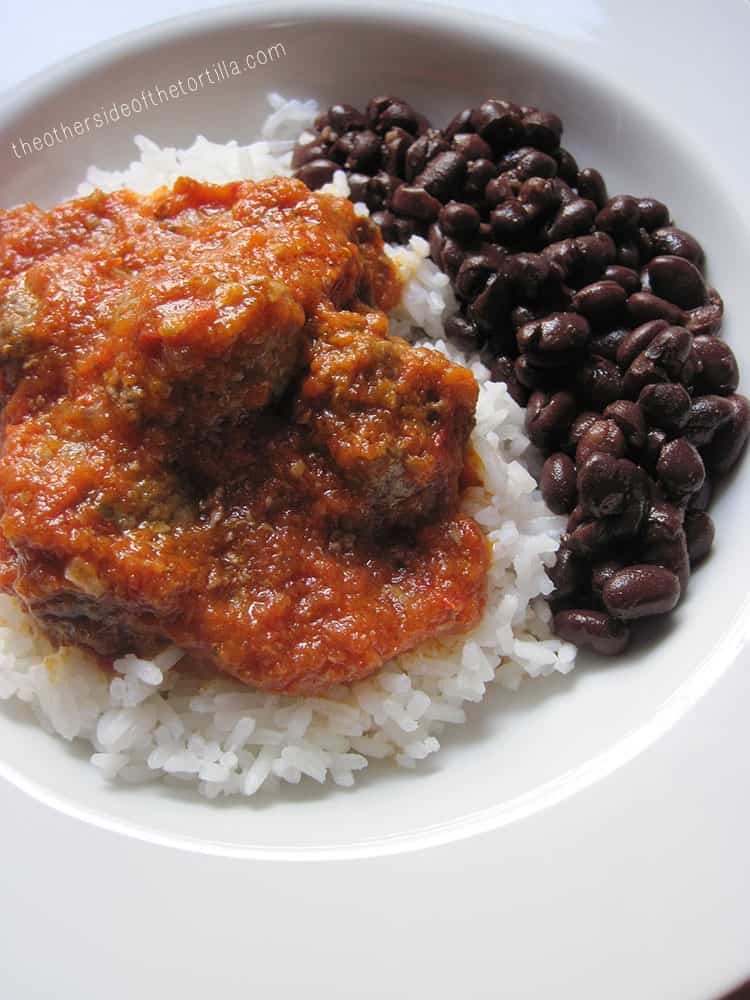An alambre is a popular staple taquería dish in Mexico that contains meat, vegetables and melted cheese to hold it all together.
There’s a taquería in Mexico City called Las Brasas that’s famous, in part, for their large alambre selection. Located in the Plateros neighborhood since 1977, there’s more than a dozen types of alambre combinations on their menu.

My family has been obsessed with this place since we discovered it. So, I decided to make a copycat recipe at home! It’s an awesome, easy and quick weeknight dinner. You can get it together even quicker if you prep the veggies beforehand.
We also make a pork alambre at home as a red meat-free alternative to this version. That recipe is made with thinly sliced pork chops or pork tenderloin and bacon. Both versions are very filling and I sometimes double the recipe so I can take leftovers to work for lunch.
Watch this video to see how easy it is to make!
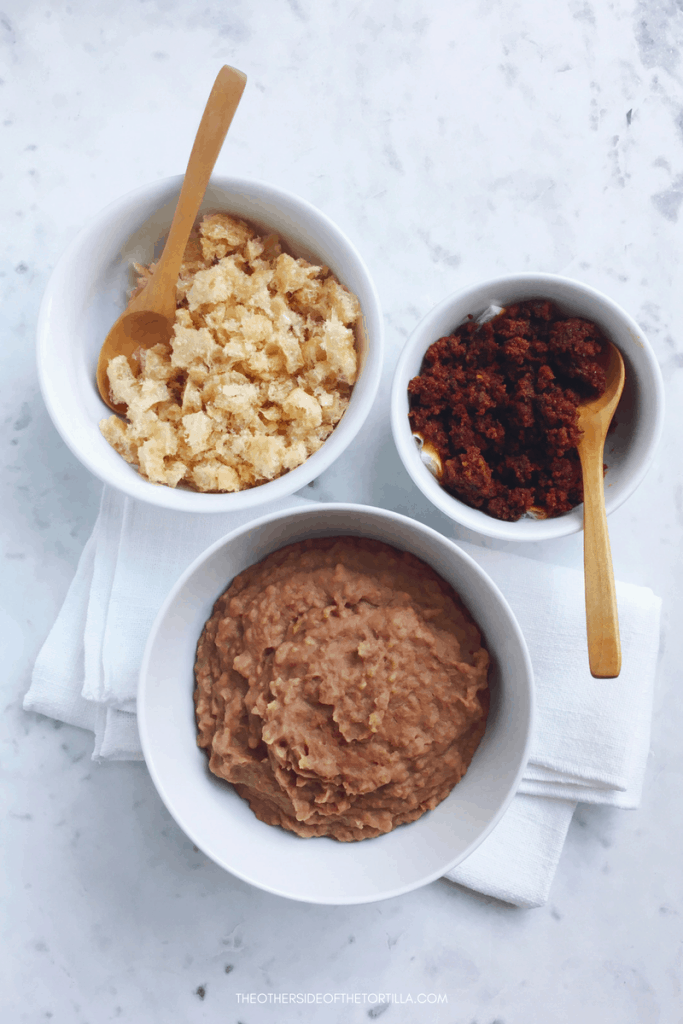
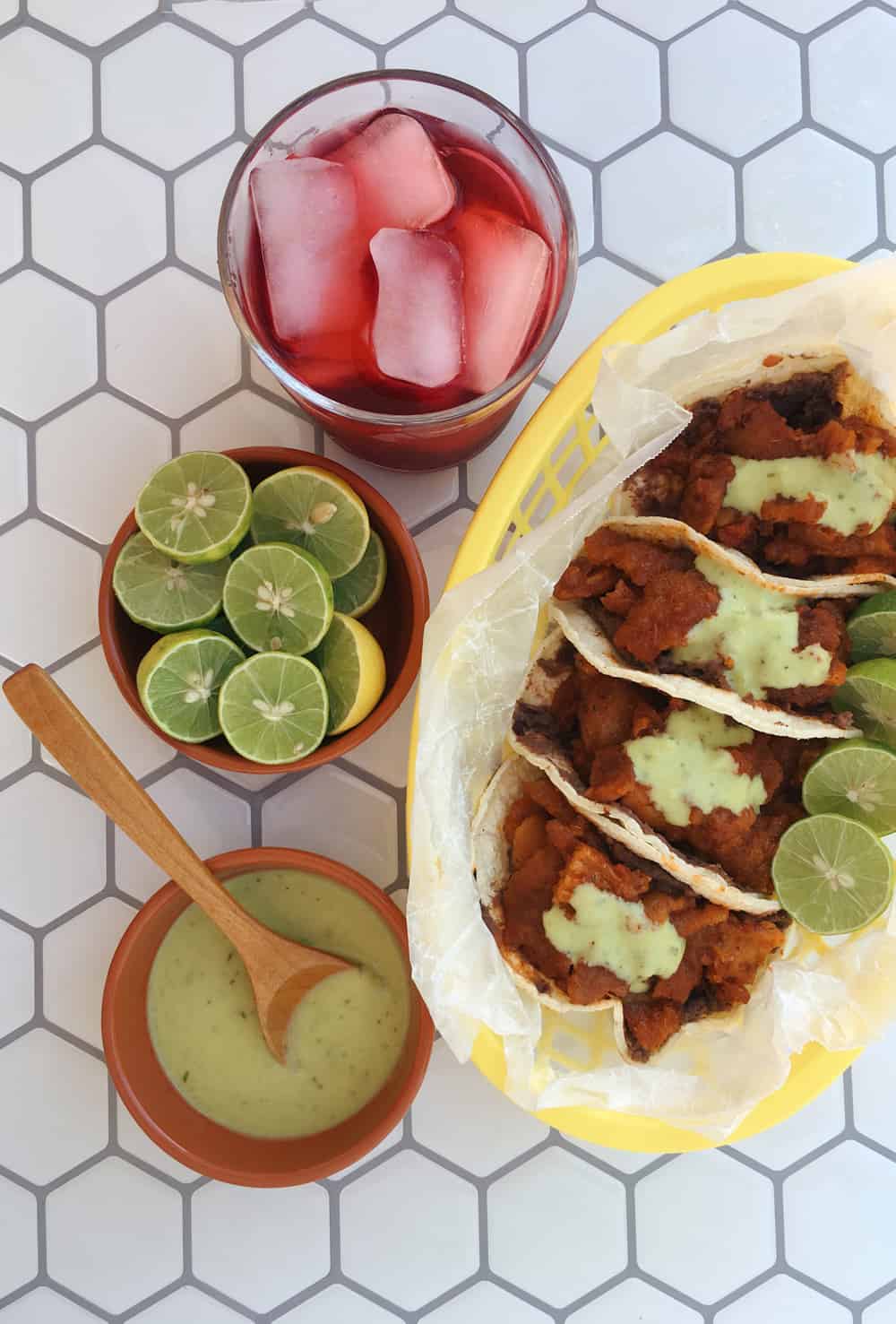
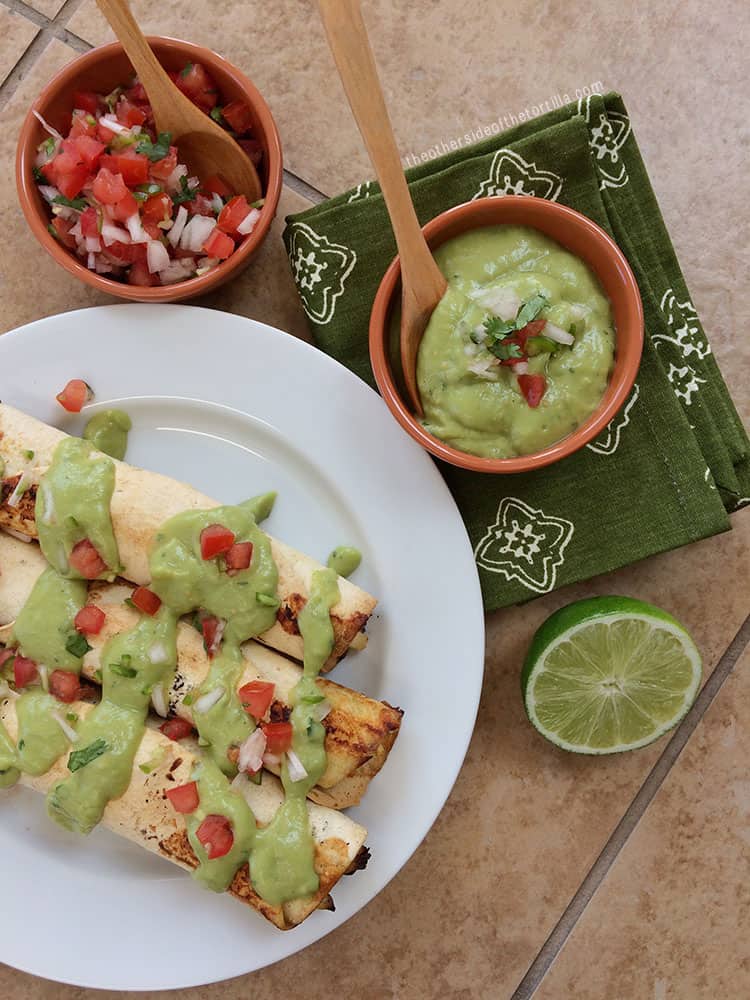
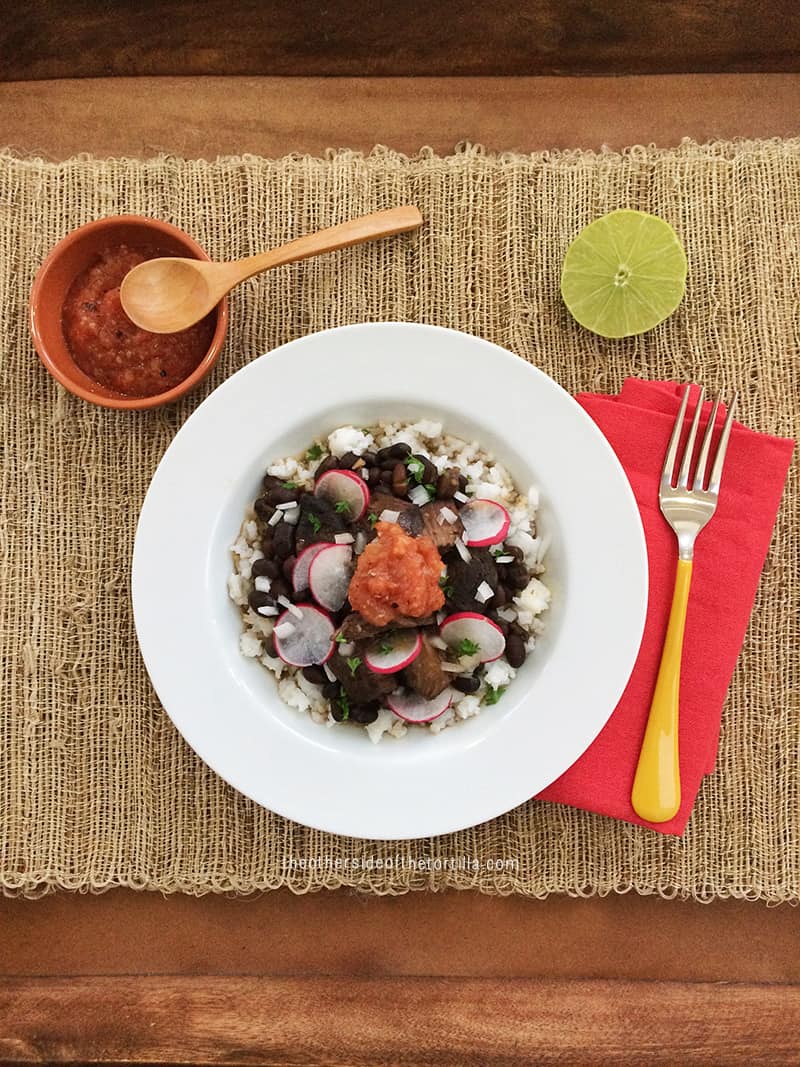
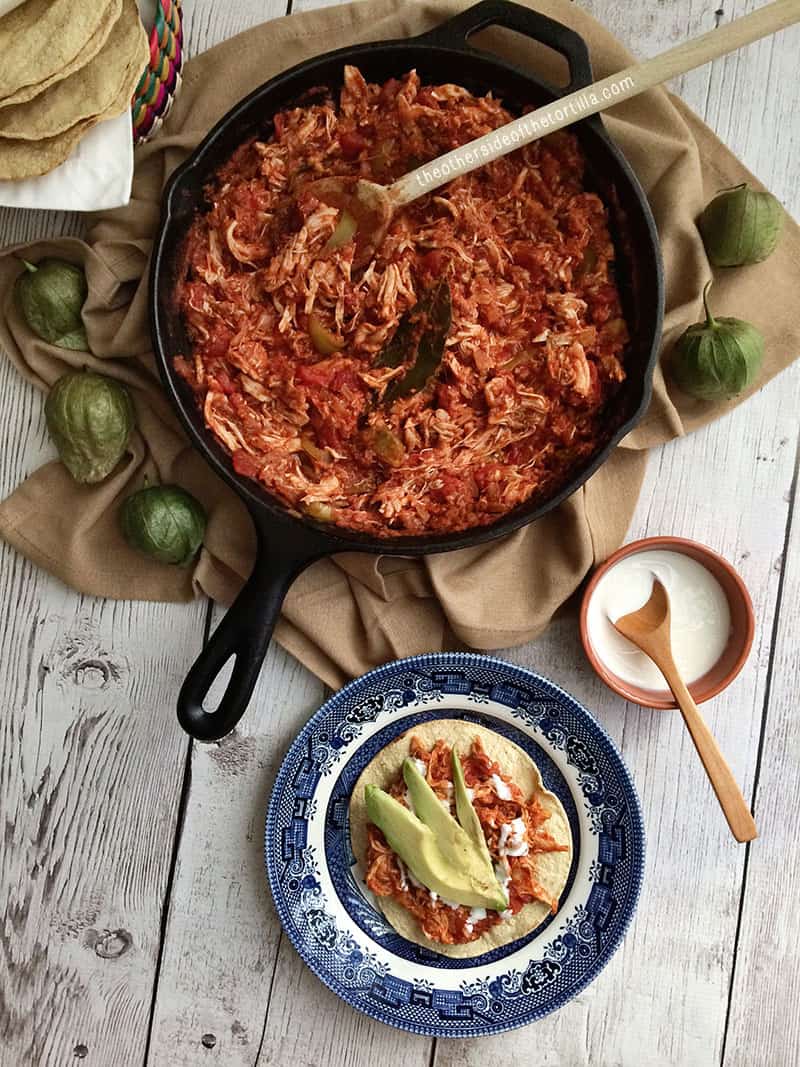
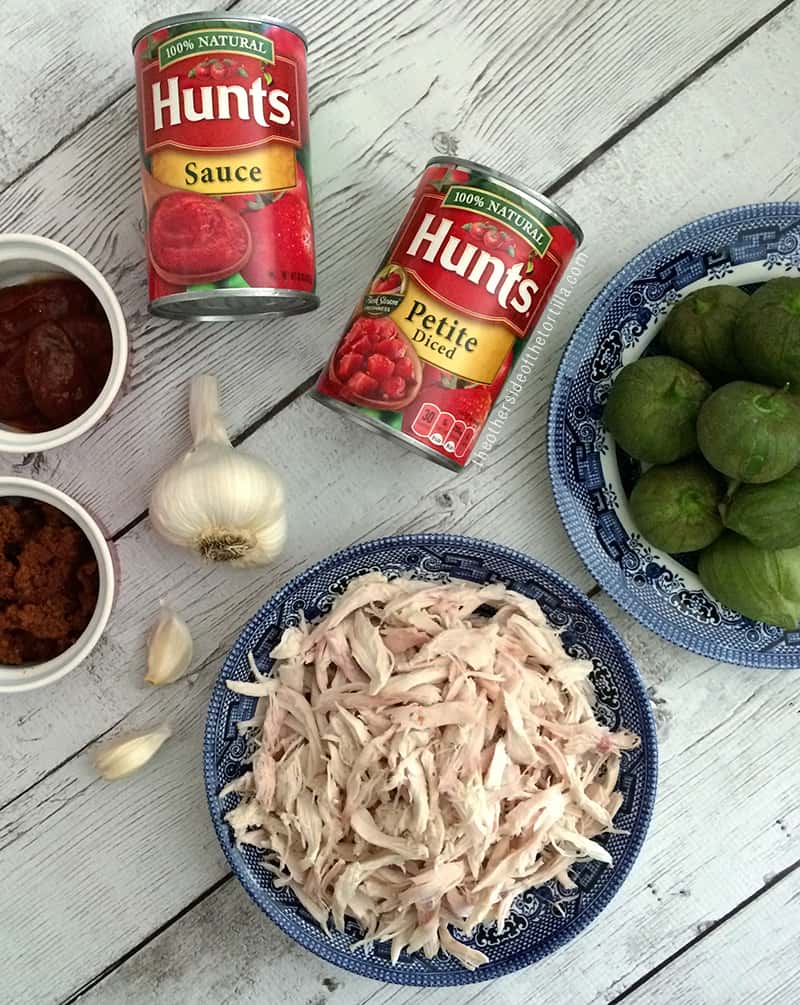
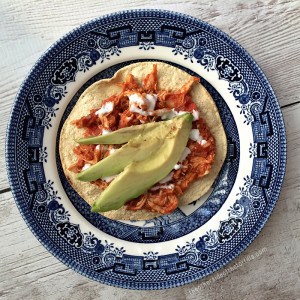
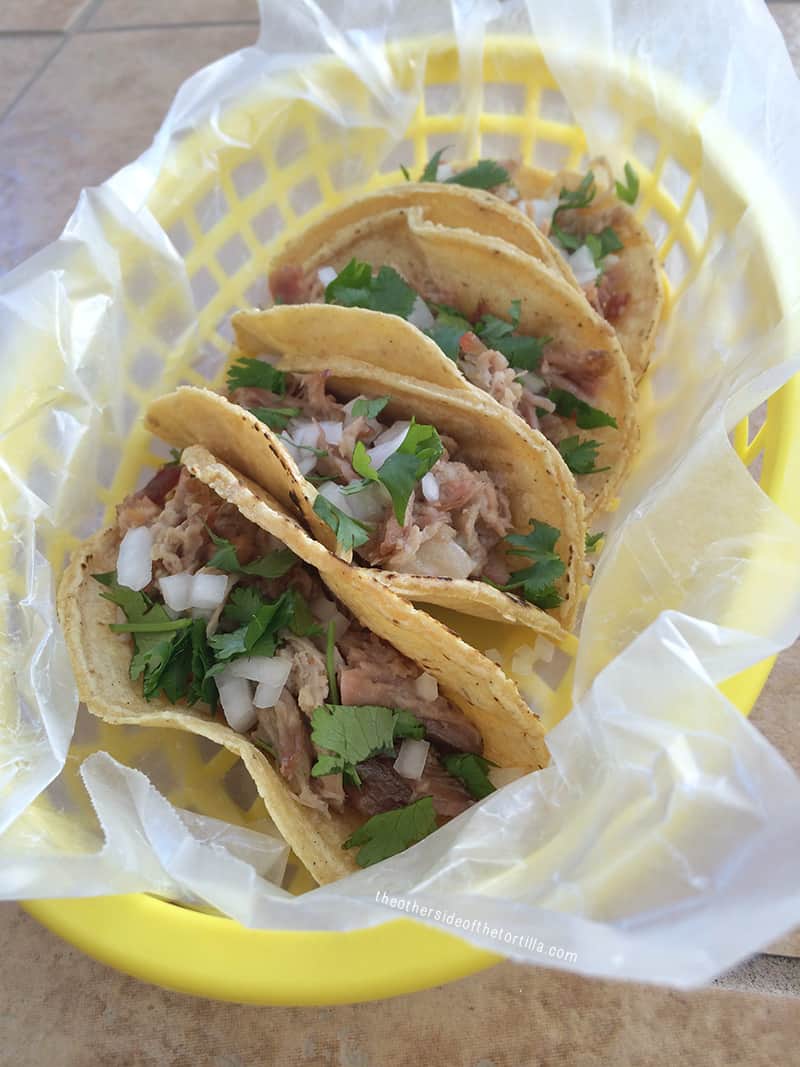
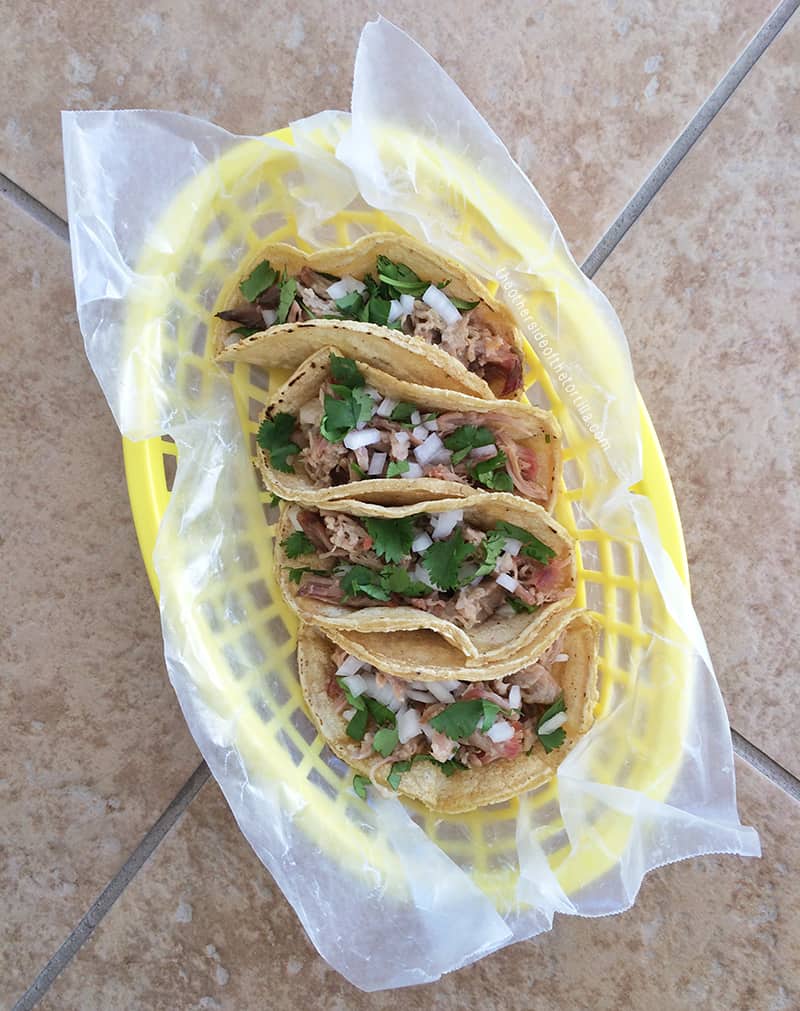
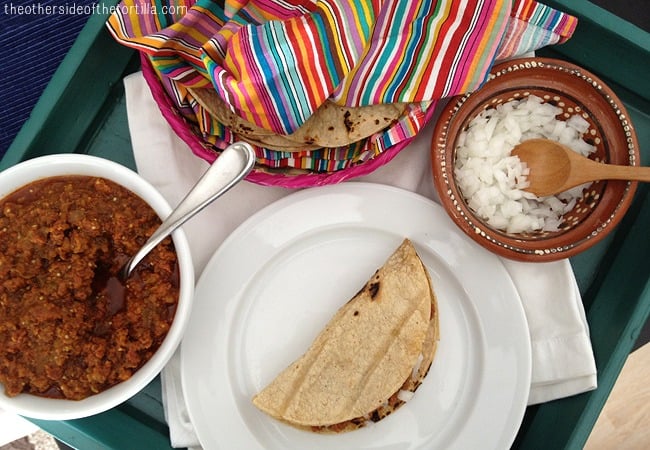
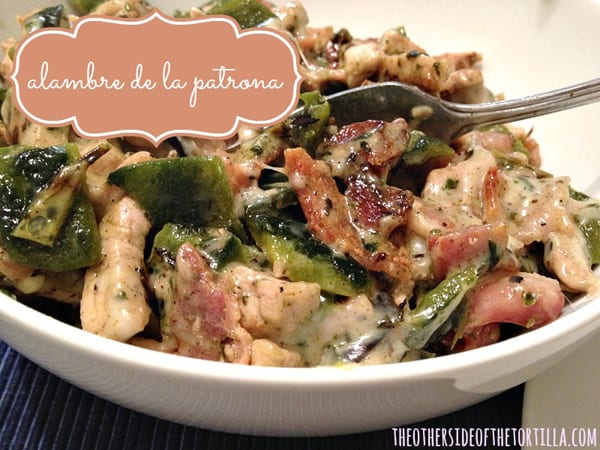 …
…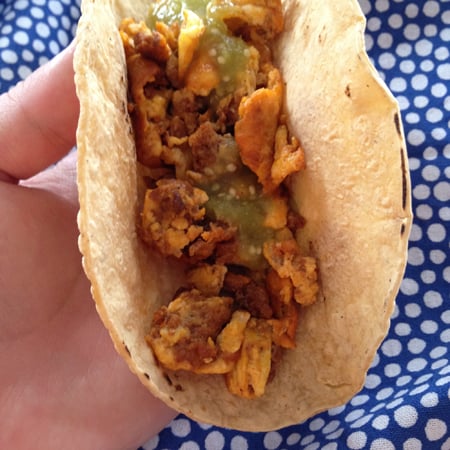
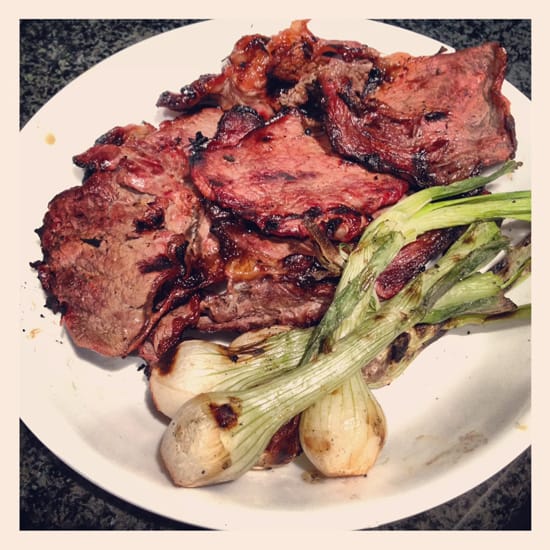

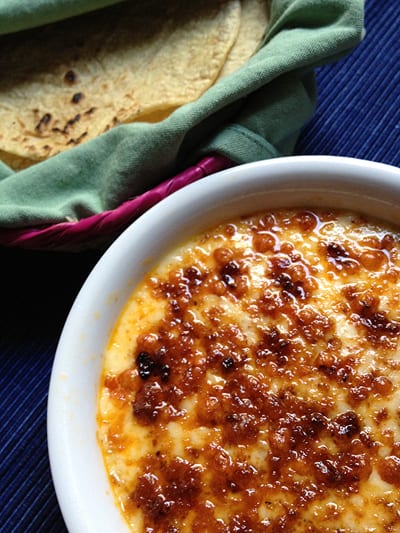
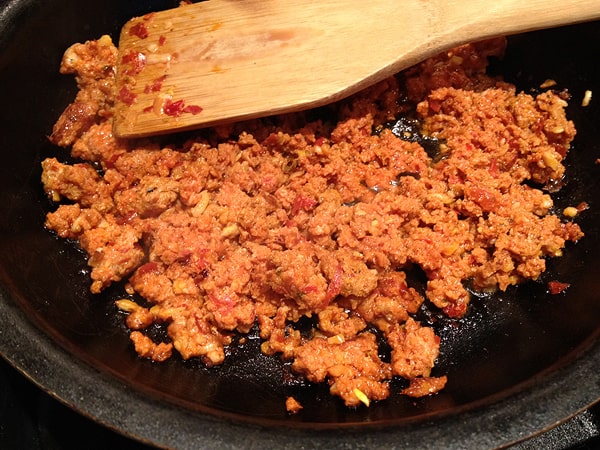
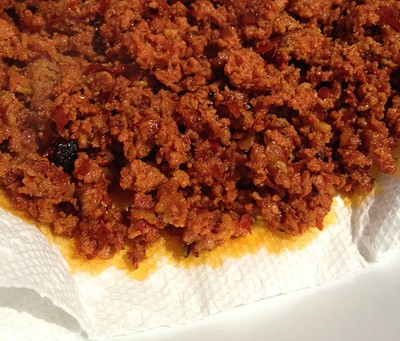
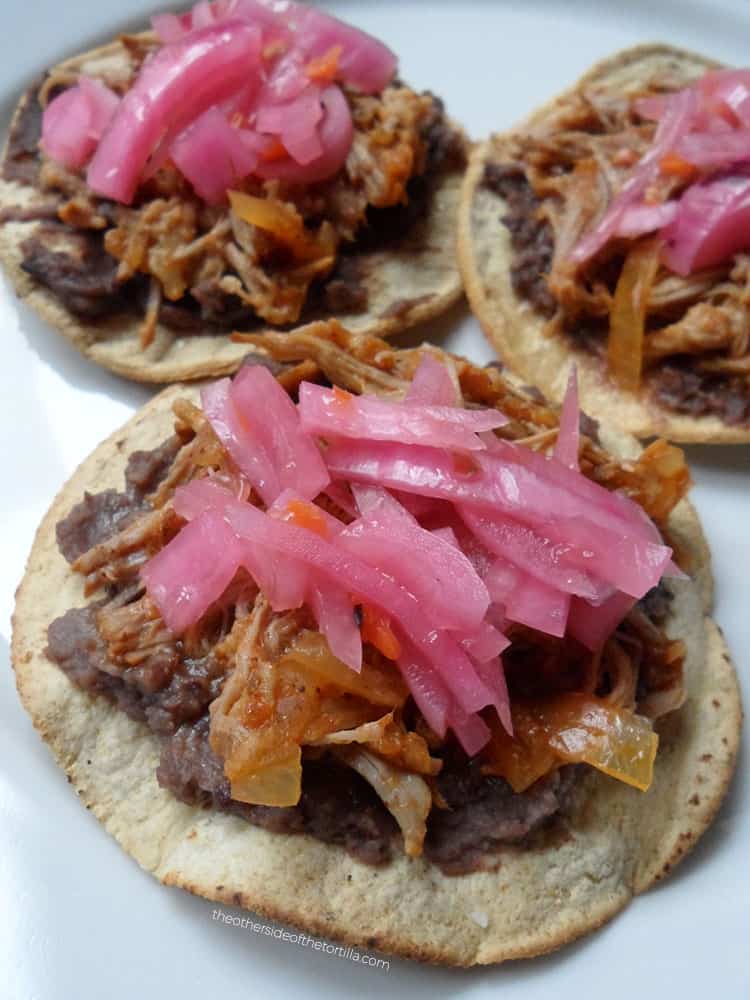
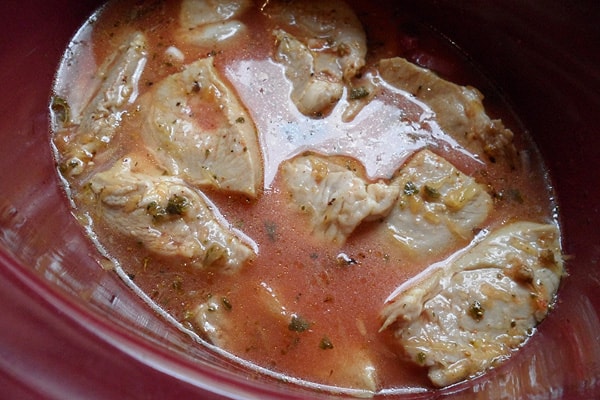
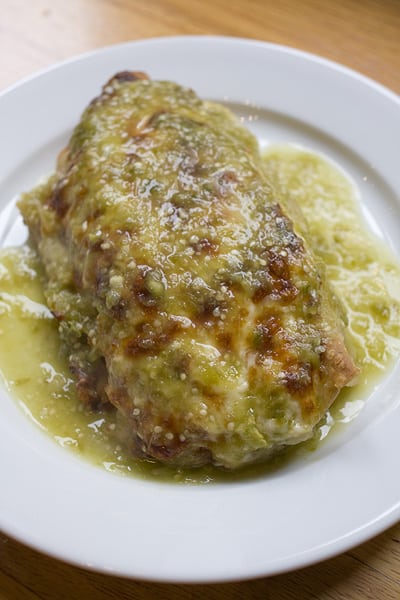
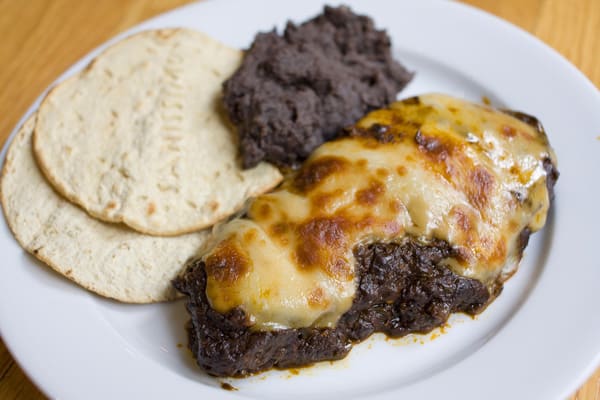
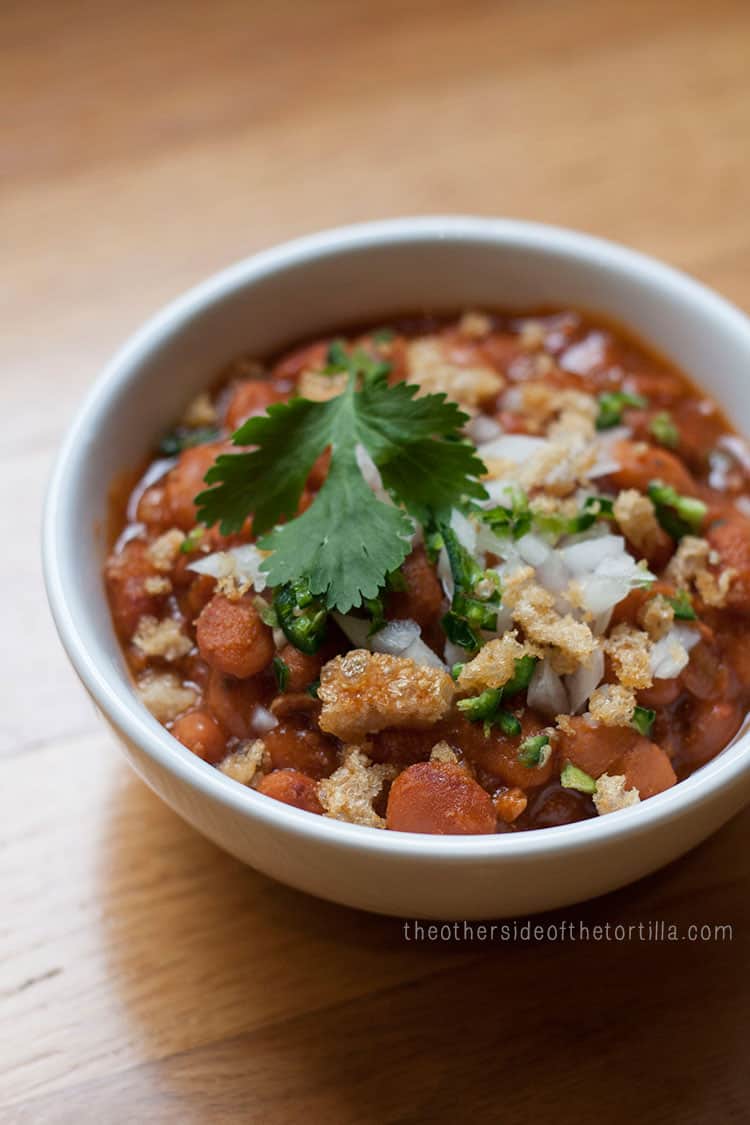
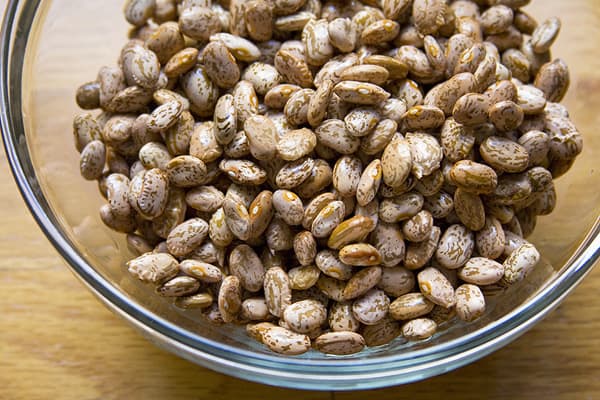

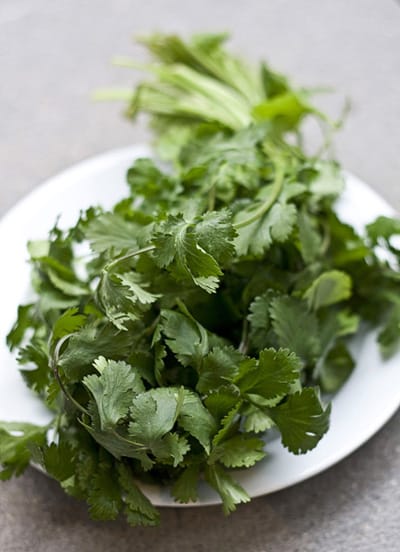
 Albóndigas are a simple Mexican comfort food, easy to make and even easier to eat. I always serve these Mexican meatballs in a tomato chipotle sauce. Some people like to make their albóndigas bigger so they can accommodate a whole egg filling on the inside. My husband only likes them without egg, so I finally learned this recipe from our family friend, Esmeralda. It’s an easy but traditional Mexican dish sure to please the whole family.
Albóndigas are a simple Mexican comfort food, easy to make and even easier to eat. I always serve these Mexican meatballs in a tomato chipotle sauce. Some people like to make their albóndigas bigger so they can accommodate a whole egg filling on the inside. My husband only likes them without egg, so I finally learned this recipe from our family friend, Esmeralda. It’s an easy but traditional Mexican dish sure to please the whole family.